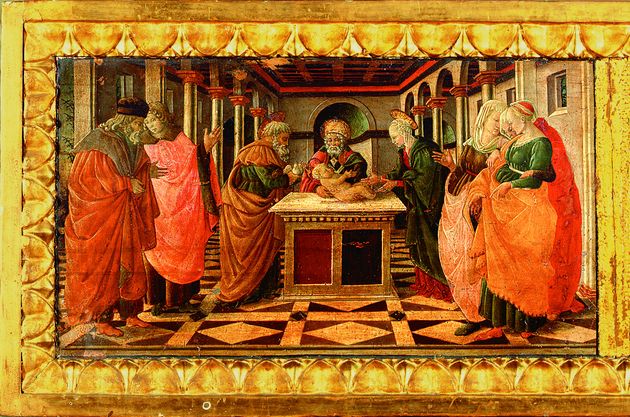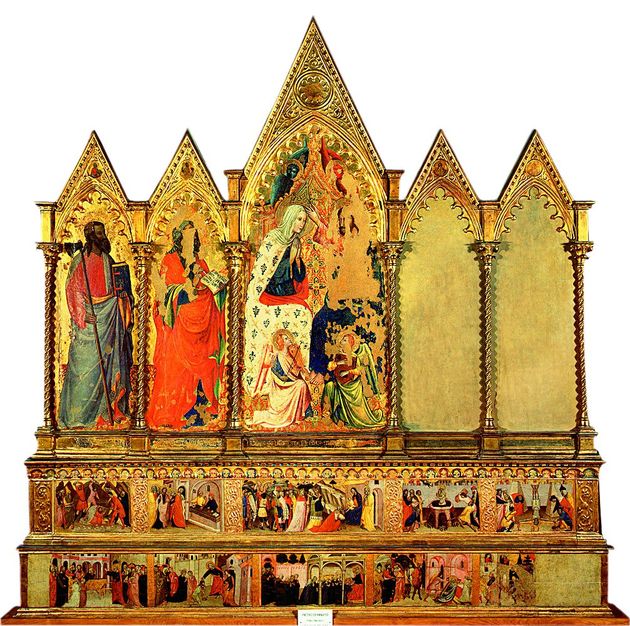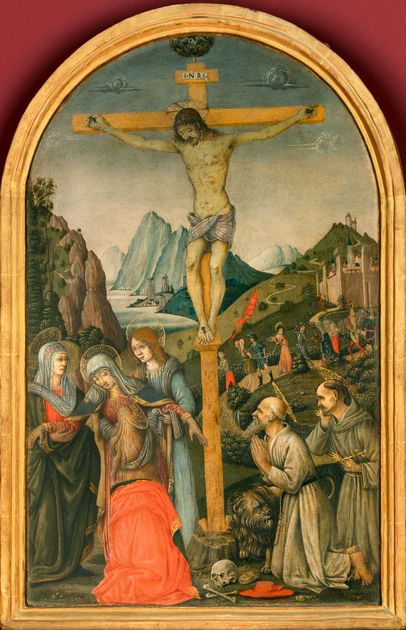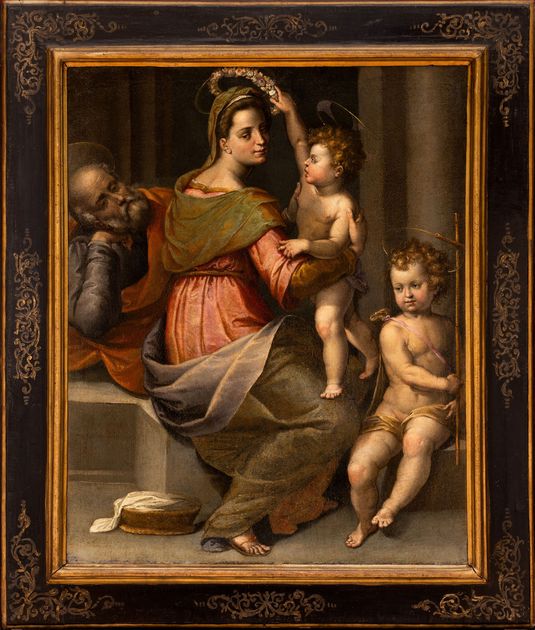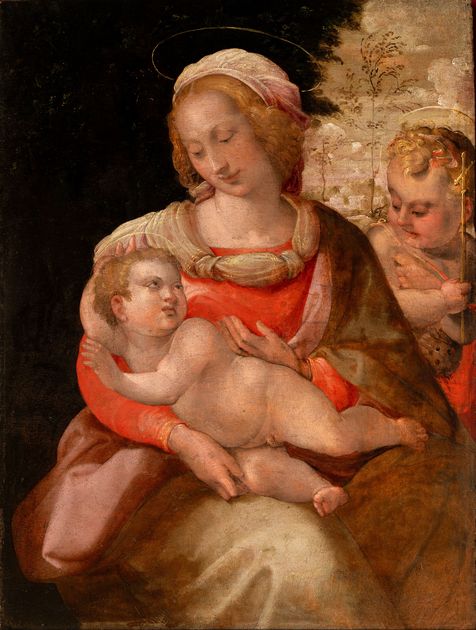The altarpiece commissioned to Filippo Lippi by the monastery of Santa Margherita shows Prato’s dearest religious themes: the presentation of the belt to St. Thomas by the Virgin, the precious relic which, according to the tradition, is preserved in Prato’s Cathedral since the 12th century. Lippi clearly alludes to the identification of this belt with the Holy Belt enshrined in Prato, by reproducing its same colours and shape in the painting, as well as the cords at the end. The scene is enriched with the presence of saints who were particularly venerated by the Prato monastery.
The long, troubled making of the painting is connected to the complicated situation of the elopement of the young Florentine nun, Lucrezia Buti (forced to become a nun by her brother), with the painter (also chaplain of the convent) on 1st May 1456, during an ostension of the Holy Belt. After the couple’s elopement Filippino, the fine future painter, and his sister Alessandra were born. According to the biographer Giorgio Vasari, Filippo fell in love with Lucrezia during the painting of the altarpiece, where he drew inspiration from the young nun for the Virgin’s face. It is instead more probable that he has shown her sweet features rather in the St. Margaret who is presenting the abbess of the monastery, Bartolomea Bovacchiesi, to the Virgin Mary. The abbess is shown smaller than the saints, in accordance with the hierarchical proportions of mediaeval origin.
This painting was interrupted for a long period and probably completed around 1466, with ample interventions by Fra’ Diamante, who was Filippo’s main collaborator. Fra’ Diamante’s involvement can be seen in the meticulous description of the fabrics, the pearls and the jewels, with their refined three-dimensional effects, and also in the insistent definition of the grass lawn. Other parts were done by less able collaborators, as we can see for example in the rapid, shoddy execution of the background.










